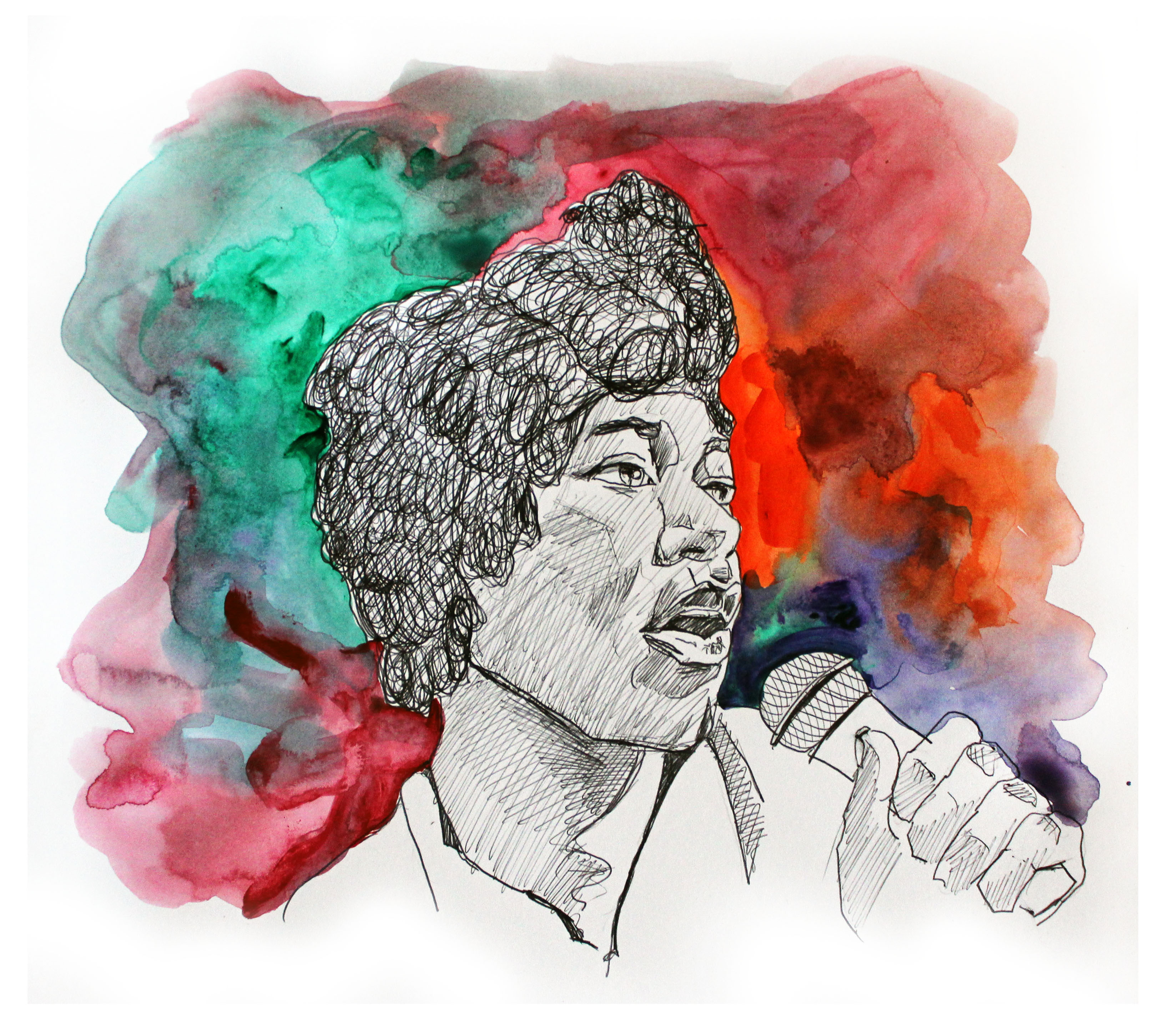I have fallen into a deep infatuation with the 1980s. From the goth, post-punk sound of The Cure to the androgyny and tight-fit neons that ruled the fashion world, I am seriously thinking of changing my name to Molly Ringwald II. Okay, maybe that’s taking it a little bit too far, especially because the 1980s aren’t exactly beloved in contemporary society in the first place. It’s as if every mention of the era stabs people deep in the gut like the memory of an extremely embarrassing moment. Maybe it has to do with the bad hair perms? Who knows. All I know is that I’m digging it at the moment, and so it should come as no surprise that this week’s POC artist to watch has more than a little something to do with it.
Jef Barbara is like the breath of 1980s air that every plaid-wearing, modern-day stuck-in-the-nineties hipster needs. Montreal born and raised, Barbara has been doing their thing since around 2009, and has shown little to no signs of slowing down. Signed to Fixture Records and releasing new material almost yearly, including 2012’s daydream treasure LP Soft to the Touch, Barbara has become somewhat of a local pioneer in the revival and redefinition of the notorious era that was very much dominated by whiteness, especially when it came to musical movements like post-punk or new wave. In essence, having a POC artist like Barbara reinvent those movements by developing their own take on them in 2016 serves as nothing less than history in the making.
Last week saw the premiere of Barbara’s new music video for their cover of Rexy’s “A Perfect Day” off the 1981 album Running Out of Time. The video exudes a retro feel, featuring Barbara and some of their friends strolling through parks, eating pizza, and generally having a good time. While the original can be described as a typical new wave classic, Barbara’s take on it pushes things past their limits and tears through to an entirely new dimension, while still keeping with the spirit of the traditional synth sound of the 1980s. Barbara’s version brings in a unique sound by slowing down the overall tempo of the song, supporting their soothing signature dream pop vocals. Coupled with brief interludes of Barbara whispering over a psychedelic electric guitar, the resulting combination is what really distinguishes it from the original.
Barbara blends together rock and new wave pop, two genres that coexisted throughout the Golden Years, but made it a point to remain distinct and separate from each other, perhaps as an act of rivalry. Even today, very few artists choose to explore combinations of sounds like this, even though they are more than available to them. They feel constrained by the implicit rule that in order to be successful, artists must remain categorized and focused on the musical needs of one specific demographic. It’s refreshing to see an artist who doesn’t limit themselves artistically but instead chooses to develop their creativity by dipping into all the waters.
Barbara’s music isn’t only breaking barriers on an artistic level, it’s doing so on a social level. Locally speaking, Barbara’s music is making it much more possible for POC musicians to transcend and explore music genres that aren’t stereotypically assigned to them by society. By stepping and cementing themselves into a historically white and exclusive musical territory, Barbara has managed to combat some of the harmful alienation that POC have experienced within that environment, making it easier for POC fans and artists to partake and ultimately feel welcome.
All of this, and they still manage to keep up with all the cuteness and the glam, damn.
Talk Black is a column that seeks to engage in anti-racist culture writing, addressing art, music, and events. Jedidah Nabwangu can be reached at talkblack@mcgilldaily.com
